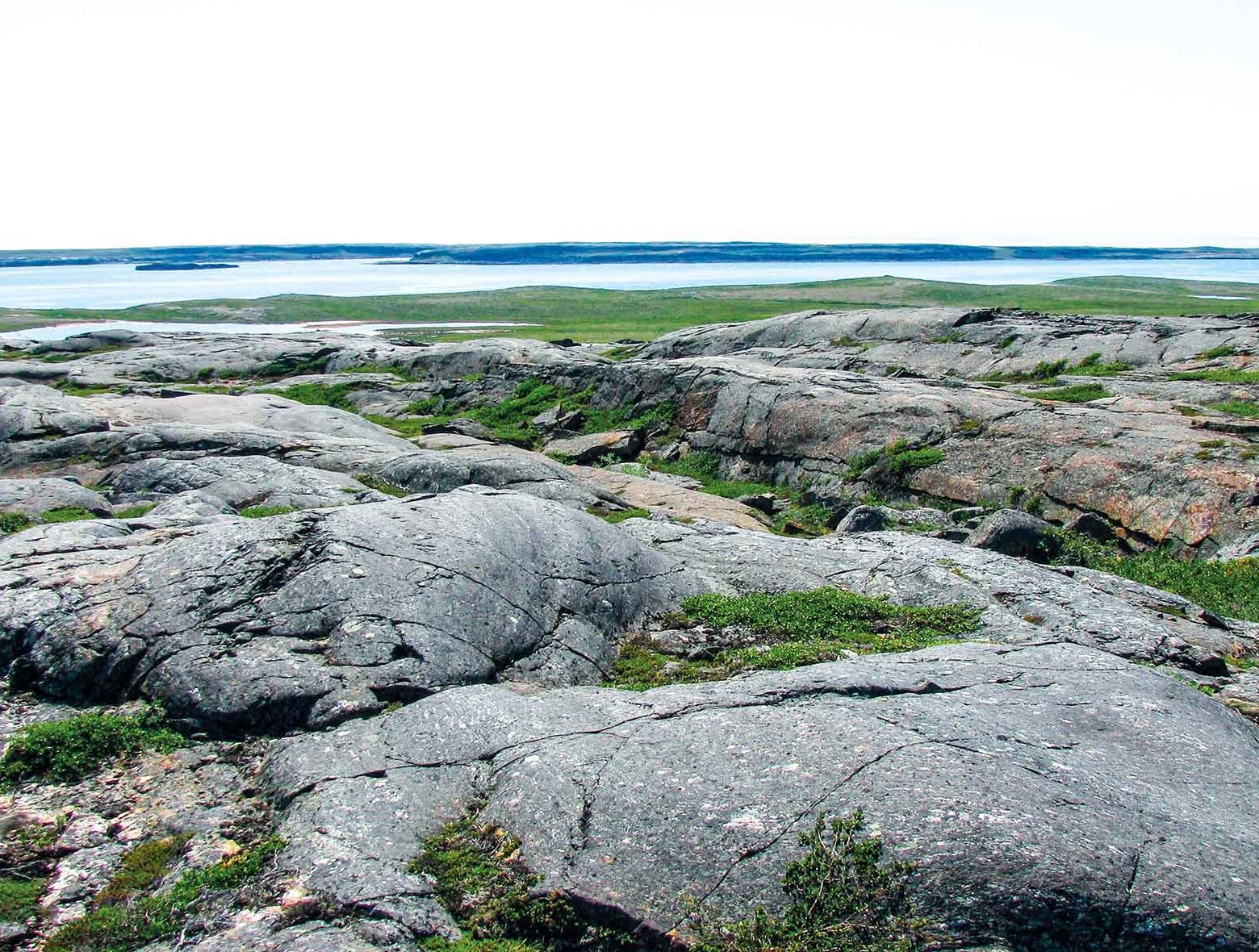Geologists have just confirmed the Nuvvuagittuq Greenstone Belt in northern Quebec to be home to the world’s oldest known rocks studied by mankind.
The current study, spearheaded by the University of Ottawa’s Dr. Jonathan O’Neil, reiterates and validates a previous finding suggesting these dark, weathered rocks are nearly 4.16 billion years old, offering us a rare glimpse into the first chapters of Earth’s fiery past.
In Hadean Territory
Geologists study ancient rocks with zircon crystals, but this was impossible with the Nuvvuagittuq Belt, which lacks zircons due to its magnesium- and iron-rich volcanic origins.
O’Neil’s team thus turned to a rare-earth element, double-dating technique to measure the decay of samarium-146 into neodymium-142 and samarium-147 into neodymium-143. This confirmed that the belt’s metagabbros — rocks slicing like a knife into older volcanic rocks — are 4.16 billion years old.
The surrounding volcanic rocks are even more ancient, with the geologists placing them in the Hadean Eon, Earth’s least understood and earliest known geological period.
Earth’s Fiery Birth
The Hadean Eon denotes the period when our planet’s crust was still forming about 4.6 to 4 billion years ago. It was marked by relentless volcanic activity and meteor bombardments before Earth’s molten surface gradually cooled.
Nuvvuagittuq is the only known remnant to preserve such rocks from that fiery, inhospitable era. The belt’s basaltic rocks also show signs of interacting with ancient seawater, offering us tantalizing clues of Earth’s biological origins.
A Living Relic
Apart from its immense scientific value, the belt is also sacred to the Inukjuak Inuit community that inhabits the land. They worship the rocks as living relics of the past.
Sadly, the site has suffered from overzealous sampling — some rocks have even been sold online — forcing the Inuit Pituvik Landholding Corporation to suspend all new research permits.
Image credit: Jonathan O’Neil/International Commission on Geoheritage
